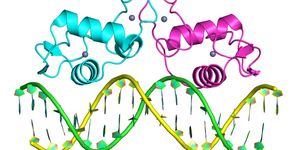However (fortunately), countries around the world have upped the standards for marine reserve areas and Obama had to add 442,781 square miles, making a total protected area of 582,578 square miles (1.5 million square kilometers) in order to keep the number one spot. The reserve is now more than twice the size of Texas.
Papah?naumoku?kea is a UNESCO World Heritage Site, and the Pew Charitable Trusts highlighted its biodiversity: "Although much of the region remains to be fully explored, Papah?naumoku?kea is home to more than 7,000 species, a quarter of which are endemic, or found nowhere else on Earth; some have only recently been discovered. The area provides habitat for rare species such as threatened green turtles, endangered Hawaiian monk seals, and false killer whales, as well as 14 million seabirds representing 22 species. This year, scientists exploring these waters discovered a new type of ghostlike octopus they nicknamed Casper, as well as three new species of fish."
The Associated Press notes that "The monument designation bans commercial fishing and any new mining, as is the case within the existing monument. Recreational fishing will be allowed through a permit, as will be scientific research and the removal of fish and other resources for Native Hawaiian cultural practices."
Indeed, the location of the monument is culturally important. The statement announcing the expansion reads: "Native Hawaiian culture considers the Monument and the adjacent area a sacred place. This place contains the boundary between Ao, the world of light and the living, and P?, the world of the gods and spirits from which all life is born and to which ancestors return after death.”
“The expanded monument will serve as a conservation, climate, and cultural refuge for my granddaughter and future generations,”Sol Kaho?ohalahala, a seventh-generation Hawaiian from the island of Lanai and a member of the Northwestern Hawaiian Islands Native Hawaiian Cultural Working Group, said in a
statement.
Sources:
Mongabay News,
NPR,
The Atlantic,
The Pew Charitable Trusts









